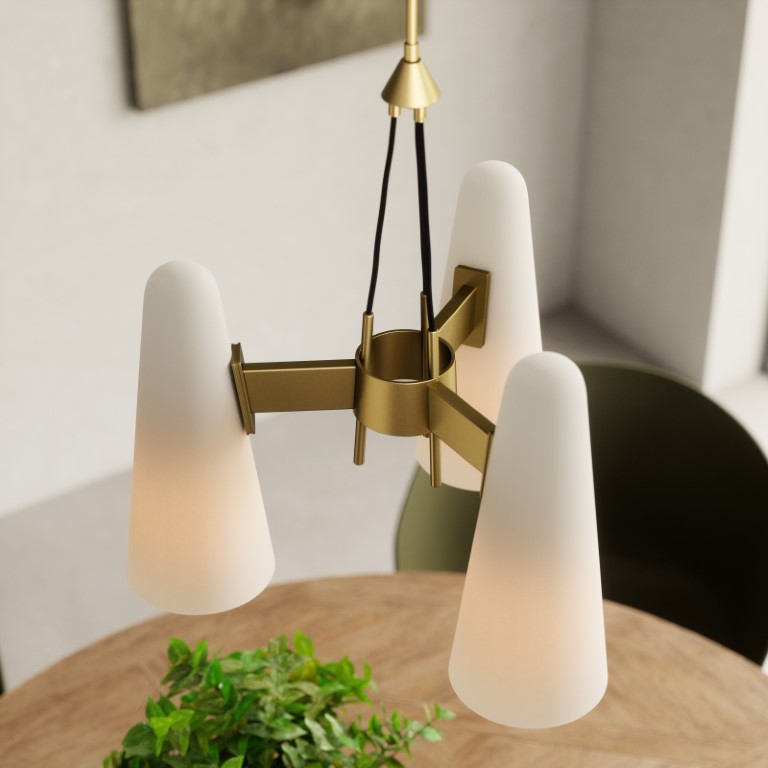Over the past decade architecture has evolved leaps and bounds. What once was a lengthy, time-consuming event is now majorly. Streamlined into its main components. If that sounds too good to be true, then we have a delightful surprise in store for you. 3D architectural renders.
These flexibile, photorealistic images make it possible for architects to bypass a bunch of the hurdles traditionally associated with the startup process. However, that is just the beginning. There are loads of other profitable benefits and perks that come with 3D renders.
We explore what they are as well as the drawbacks of using them in this article.
Pros of Using 3D Furniture
As we mentioned above, CGI images, also known as 3D renders.
To the versatility of 3D models and renderings.
To get a better idea as to why, here are a few examples where 360 degree images are supremely beneficial.
- Breathing life into a blueprint via a 3D model
- Showcasing architecture in its intended location with a 3D render lifestyle shot
- Updating photorealistic image to better suit investor ideas or change requests
- Addressing any safety issues that may creep up during development
Although the aforementioned perks are well worth investing in, architectural renders. Generated via an industry leading 3D modeling and rendering company offer more beyond the initial phase.
These professional, photorealistic images also double as a digital blueprint.
Thanks to this, the 360 degree renders generated can revisited and altered to better.
Visualize renovation projects or other. maintenance related tasks as they requested.
As you can imagine, this virtually instant visualization tool comes in handy quite a bit.
Another perk 3D models and renders offer architects is futuristic brand image.
To elaborate, once a CGI render is utilized architectural companies can display them in an online portfolio.
By doing so, architects can give potential clients a way to familiarize themselves with what a brand has to offer.
Needless to say, 3D renders are essentially an interactive blueprint that unsheathes limitless architectural possibilities. That said, there are some drawbacks to acquiring such digital power.
Pros of Using 3D Renderings
Pros of Using 3D Renderings
Cons of 3D Models and Renders
Pros of Using 3D Renders
Without any context, CGI renders appear to be rather expensive.
Nevertheless, once an adequate comparison.
The larger picture added into the discussion. This price seems to shrink.
See, the rate set forth by professional 3D artists tends.
To be less expensive than the time and money required complete the same tasks via traditional means.
Thanks to this, 360 degree images are typically less expensive if the asking price reflects a pristine level of expertise.
After this bare minimum metric. Architects can virtually watch their investment pay for itself via the following methods.
- Streamlined projects frees up more time each year, making it possible to complete additional projects and thus increasing annual salary
- Happy investors are more likely to become brand ambassadors
- Digital blueprints are less likely to be lost
Without a doubt, investing in a valuable tool, such as 3D architectural renders, is well worth it. Be sure to equip your business with this novel technology by contacting a professional 3D model and rendering company today!
.png?width=200&height=51&name=ilustra_logo_high_copy_2%20(1).png)

Comments